Why summer residents choose Kolobok pepper: characteristics and description of the variety with a photo
Many experienced summer residents and gardeners choose the Kolobok pepper from an extensive assortment. Not surprisingly, this is a really wonderful variety that allows you to get beautiful, tasty and healthy fruits. And the yield will not disappoint even the most picky expert.
Variety history
This variety is quite old - it was bred by the Soviet farmer Yu.I. Pancev back in 1979. After several years of testing, the Kolobok was found suitable for cultivation and entered the State Register in 1983.
It was derived for regions with a relatively mild climate, primarily for the North Caucasus. Here Kolobok pepper was successfully grown in the open field. However, over time, many summer residents from different parts of the country appreciated its advantages. Today it is successfully cultivated in many temperate areas, using greenhouses or growing seedlings.
What's interesting?
Gingerbread man is an early ripe variety. From the moment of emergence to harvest, it takes from 130 to 180 days - depending on the light, soil type and air temperature.
Fruits reach an average weight of 100-150 grams, but larger ones are often found - up to 170 grams. It's nice that the peppers are very beautiful - round, with even, smooth walls.
The yield will also not disappoint - from 2 to 5 kilograms of ripe fruits can be removed from one square meter.
Description of the variety
We have compiled all the most important information about the variety in the form of a table:
| Variety information | Breeding, bred in the USSR. |
| Pollination type | Pollinated by insects - bees or bumblebees. |
| View | Shrub, determinant. |
| Type of ovary formation | Bouquet. |
| Ripening rate | The variety is early, from germination to harvest takes 130-180 days. |
| Cultivation area | Open ground in the southern regions, greenhouses and greenhouses in the middle lane. |
| Density and landing pattern | Up to 9 bushes per square meter. |
| Landing scheme - 30x50 cm. | |
| Yield | 2-5 kg cm 2. |
| Fruit type | Large, up to 150 grams. Smooth, smooth, red. |
| Purpose of fruits | Salad and canning. |
| Resistant to adverse conditions | Poorly tolerates temperature changes. Watering with cold water can shed the ovary. Needs regular watering. |
| It can grow in the shade, but in this case the yield and size of the fruits are reduced. | |
| Disease resistance | Resistant to mosaic and top rot. Medium anthracnose resistance. Unstable before fusarium wilt. |
Plants are generally quite compact, undersized - under normal lighting the bushes reach a height of about 25-30 centimeters. Moreover, they are thick, neat and do not need shaping. The leaves are quite large, which allows them to receive a large amount of sunlight, which they need for life support.
The fruits are always even and have thick walls - about 6-10 millimeters. This provides a lot of weight with a small footprint.
Pros and cons of the variety
Pepper Kolobok has a number of important advantages over other varieties. The main ones are:
- excellent taste;
- versatility - fruits are suitable both for canning and for fresh consumption;
- good yield - from one square meter you can get up to 5 kilograms of appetizing fruits;
- the fruits are weighty, but not too large, which facilitates the transportation process - a very important indicator for many summer residents;
- high resistance to apical fruit rot and mosaic.
Unfortunately, the variety that has so many advantages is not without its disadvantages:
- Ripe vegetables in high humidity start to rot quickly.
- The small internal volume makes the fruit unsuitable for preparing stuffed peppers.
- There is no resistance to fusarium wilt.
Growing features
Since the bushes are quite compact, it is possible to place a large number of plants in a limited area. The optimal planting pattern is 30x50 centimeters, which allows you to get a bountiful harvest even from a small area.
It is advisable to pick the fruits green - they ripen well at home and are less prone to rotting than mature ones. But reddened fruits are best stored at low temperatures in low humidity conditions - in this case, they will easily lie for a couple of months without losing their excellent taste and visual appeal.
Despite the fact that the variety is early maturing, in most regions of our country it is either grown either in greenhouses or seedlings are prepared in advance. This is often the only way to get a rich harvest before the first autumn frosts kill plants and unripe fruits.
The variety does not need to be formed - the bushes are already low, dense. Of course, this is appreciated by many summer residents - you don't have to spend extra time caring for the plant.
But at the same time it must be remembered that the variety is very susceptible to temperature changes and watering with cold water. It is necessary to water only with warm water - for example, from a container heated in the sun. Otherwise, the bush can throw off flowers and buds, leaving the summer resident without a crop.
The Kolobok usually does not need feeding - it will be needed only on poor soils. If few buds appear, you can water the bushes with a solution of nitroammophoska at the rate of 30 grams per 10 liters of water (500 ml for each plant). After 10 days, you can repeat the procedure.
Reviews of gardeners
The variety receives excellent reviews from most summer residents and gardeners. Here are some of them:
“I took off all the peppers because of the promised early cold snap - the year was not too warm, and I grow the peppers in the open field. Of all the varieties, only Kolobok blushed. He impressed on the whole - not only with an abundance of fruits, but also with thick walls. At the same time, there are practically no seeds. Next year I will definitely plant it in a greenhouse. "
“I have been growing Kolobok for several years. Compactness and serious weight became a plus for me - it is very convenient to carry from the dacha. At the same time, it turns red rather quickly, at the same time acquiring great taste. "
Let's hope that each reader will be able to form his own opinion according to the description and decide whether this variety suits him or it makes sense to choose another. If you have already tried to plant Kolobok on your site, write in the comments how he made you happy or upset. Have a nice harvest!

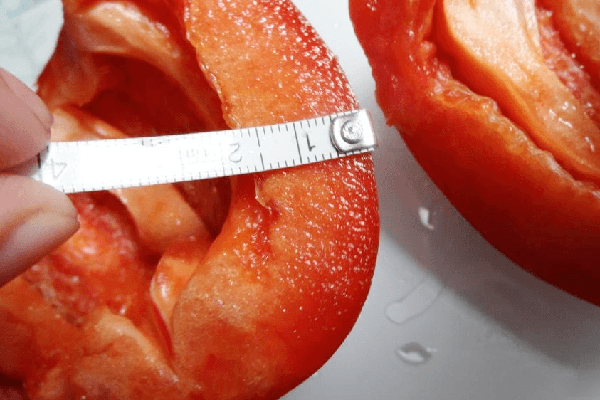
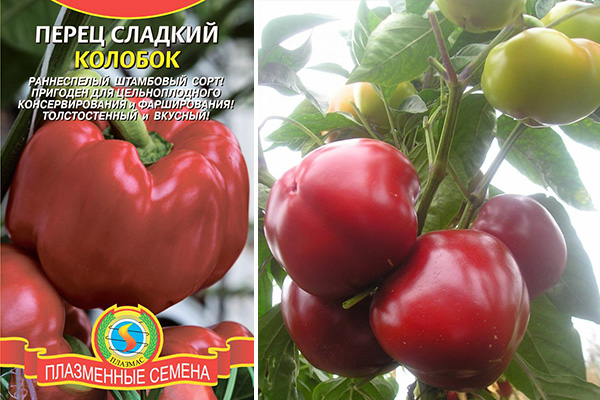
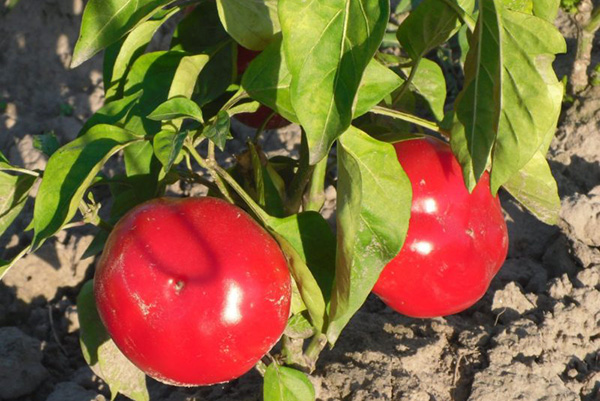
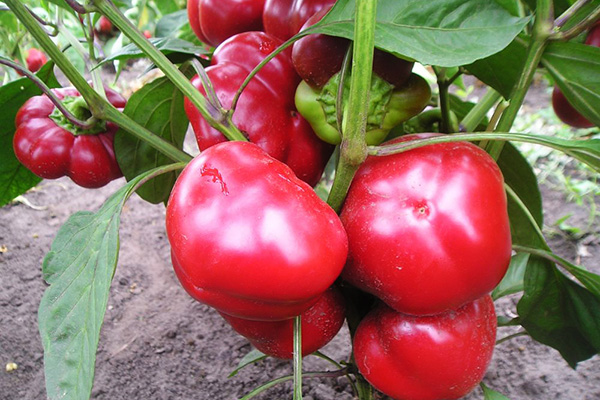
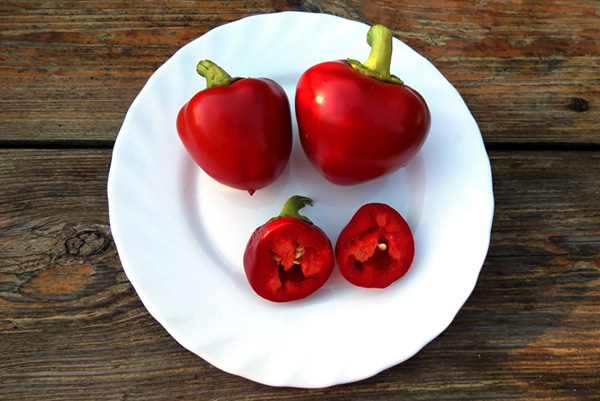
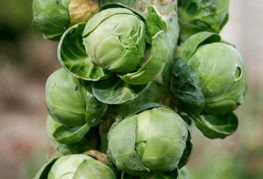

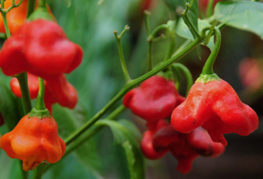
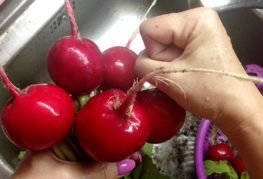
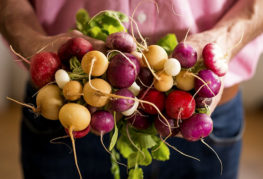
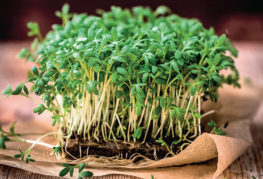
and will be published shortly.